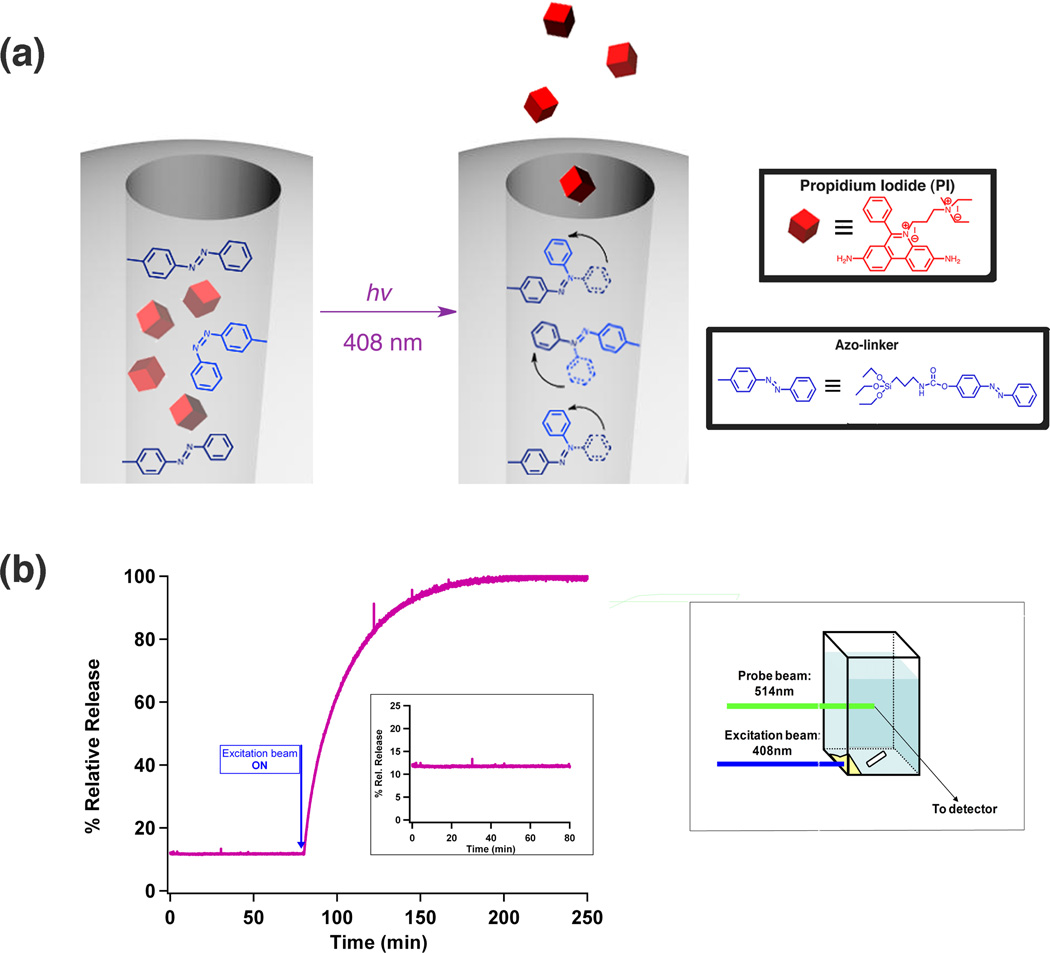Fig. 1. Spectroscopic measurements of Azo-NP’s photo-responsiveness in solution.
(a) Schematic diagram of the light-stimulated operation of Azo-NP. Azo-NP was made by co-condensing azo-linkers inside the cylindrical pores of MSN. Exciting Azo-NP at a wavelength where both isomers absorb promotes continual large-amplitude isomerization motion. (b) Successful triggering of the cis-trans motion is demonstrated through Azo-NP’s ability to trap cargo molecule, PI, in the pores and release it into solution upon photo-excitation. Azo-NP was placed at the corner of a cuvette and fluorescence changes in solution was continuously monitored (illustrated on the right). Prior to light-stimulation, no PI was released and the fluorescence intensity is constant (flat baseline in the inset). Upon excitation, intensities at PI’s emission maxima steadily increased, indicative of PI being released from Azo-NP.

